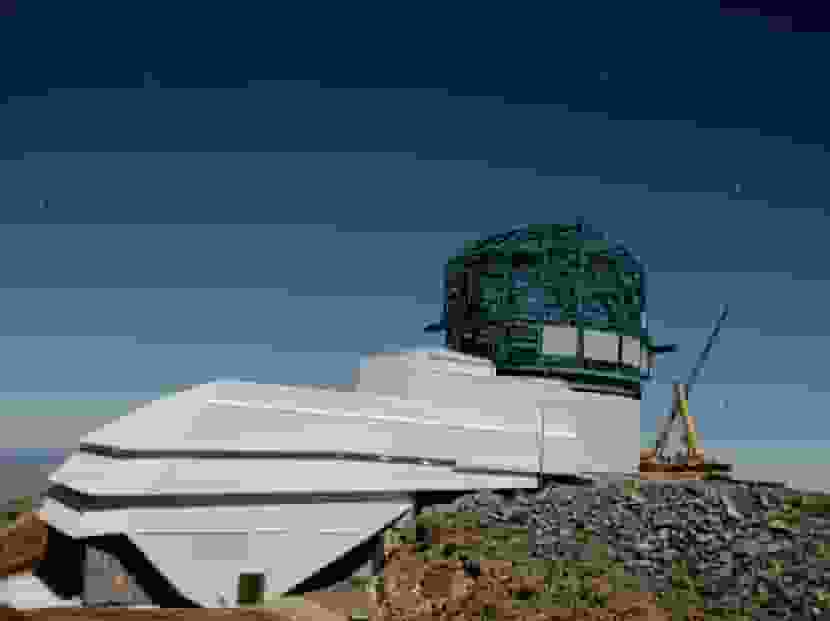The Vera C. Rubin Observatory’s Groundbreaking Mission to Illuminate the Evolution of the Universe

The Vera C. Rubin Observatory, debuting in 2025, aims to unravel the mysteries of the universe by studying stars torn away from galaxies, providing crucial insights into the evolution of the universe through the exploration of intracluster light. (Photo: salon)
The LSST’s Pioneering Mission to Illuminate the Evolution of the Universe through Intracluster Light
According to source, the Vera C. Rubin Observatory, set for debut in 2025, aims to decipher the mysteries of the universe by studying stars torn away from galaxies, contributing crucial insights into the evolution of the universe. This innovative approach explores the elusive “intracluster light,” shedding light on the intricate evolution of the universe and unveiling a cosmic “fossil record.”
Astronomers anticipate that this study will pioneer the detection of intracluster light in thousands of galaxy clusters through the Legacy Survey of Space and Time (LSST), led by Rubin, further advancing our understanding of the evolution of the universe. Stars stripped from galaxies become celestial wanderers, enriching our understanding of the evolution of the universe by populating the vast space between galaxies in clusters.
These orphan stars, resembling chalk dust released from a blackboard, hold the potential to reveal the narrative of galactic cluster interactions, offering valuable insights into the ongoing evolution of the universe. The LSST, equipped with the largest digital camera ever built, will meticulously scan the southern hemisphere’s sky over a decade, aiming to expose the 1,000 times fainter intracluster light and uncover a celestial history that has eluded current telescopes.
READ ALSO: California Tax Refund Reaches Millions Through Various Stimulus Payment Channels
Rubin’s LSST Project and the Quest to Illuminate Dark Matter’s Role in the Continuous Evolution of the Universe
Beyond storytelling, the LSST’s exploration of intracluster light is positioned to significantly contribute to our understanding of dark matter distribution, a crucial factor in the continuous evolution of the universe. While dark matter remains invisible due to its lack of interaction with light, its gravitational influence prevents galaxies from disintegrating, shaping the ongoing evolution of the universe.
Rubin’s ambitious project, expanding the visibility of intracluster light from a handful to thousands of clusters, not only illuminates the distribution of faint orphan stars but also provides insights into the distribution of enigmatic dark matter. The exploration of intracluster light with Rubin is anticipated to open new windows into the intricate history of our universe, complementing existing knowledge and addressing fundamental cosmic mysteries tied to the ongoing evolution of the universe.
READ ALSO: LA Police Arrest Alleged Serial Killer Targeting Homeless and Father of Two




![Tyson Foods Plant [Photo: Food Manufacturing]](https://southarkansassun.com/wp-content/uploads/2023/08/iStock_1185520857__1_.5e441daa51cca-600x337.jpg)








![Silverado Senior Living Management Inc. [Photo: Los Angeles Times]](https://southarkansassun.com/wp-content/uploads/2023/10/download-6-4-600x337.jpg)

![China's Wuhan Institute of Virology [Photo: Nature]](https://southarkansassun.com/wp-content/uploads/2023/09/d41586-021-01529-3_19239608-600x337.jpg)















